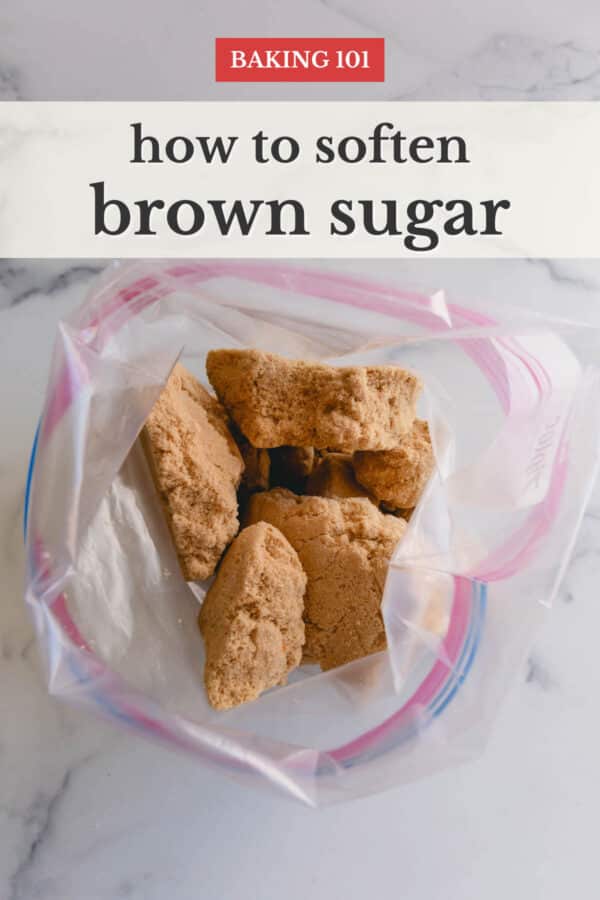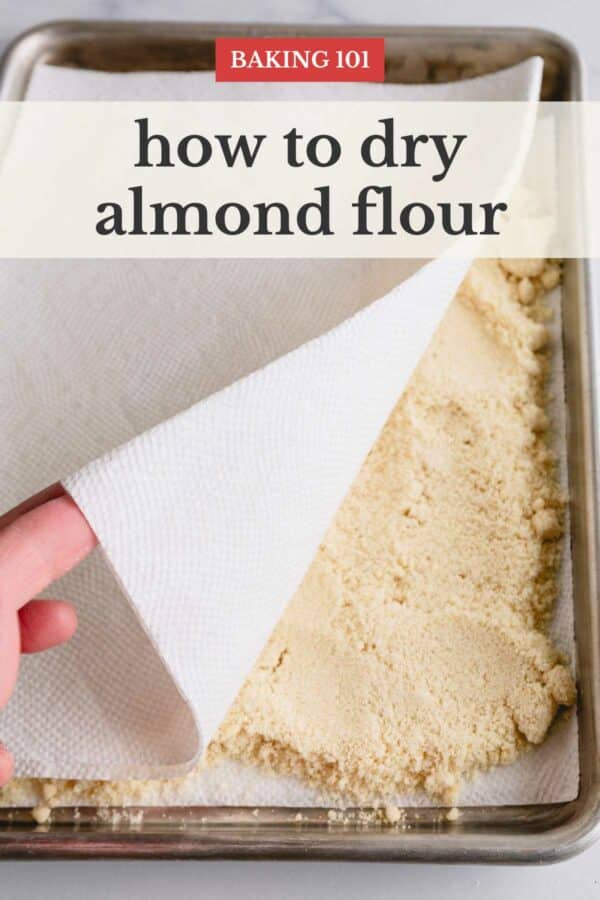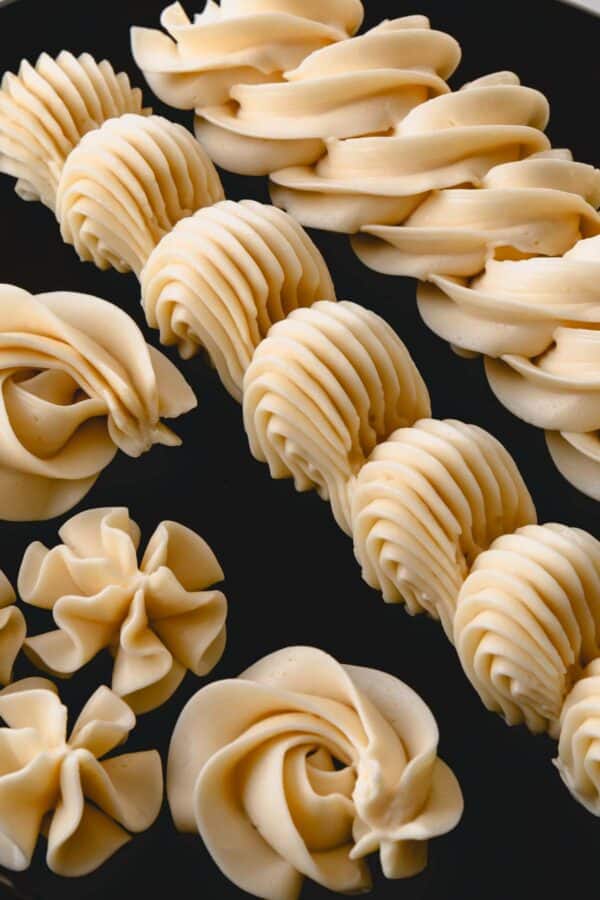Explore different types of flour and their best uses in this ultimate flour 101 guide. From common wheat flour varieties to alternative flours, we cover everything you need to know!
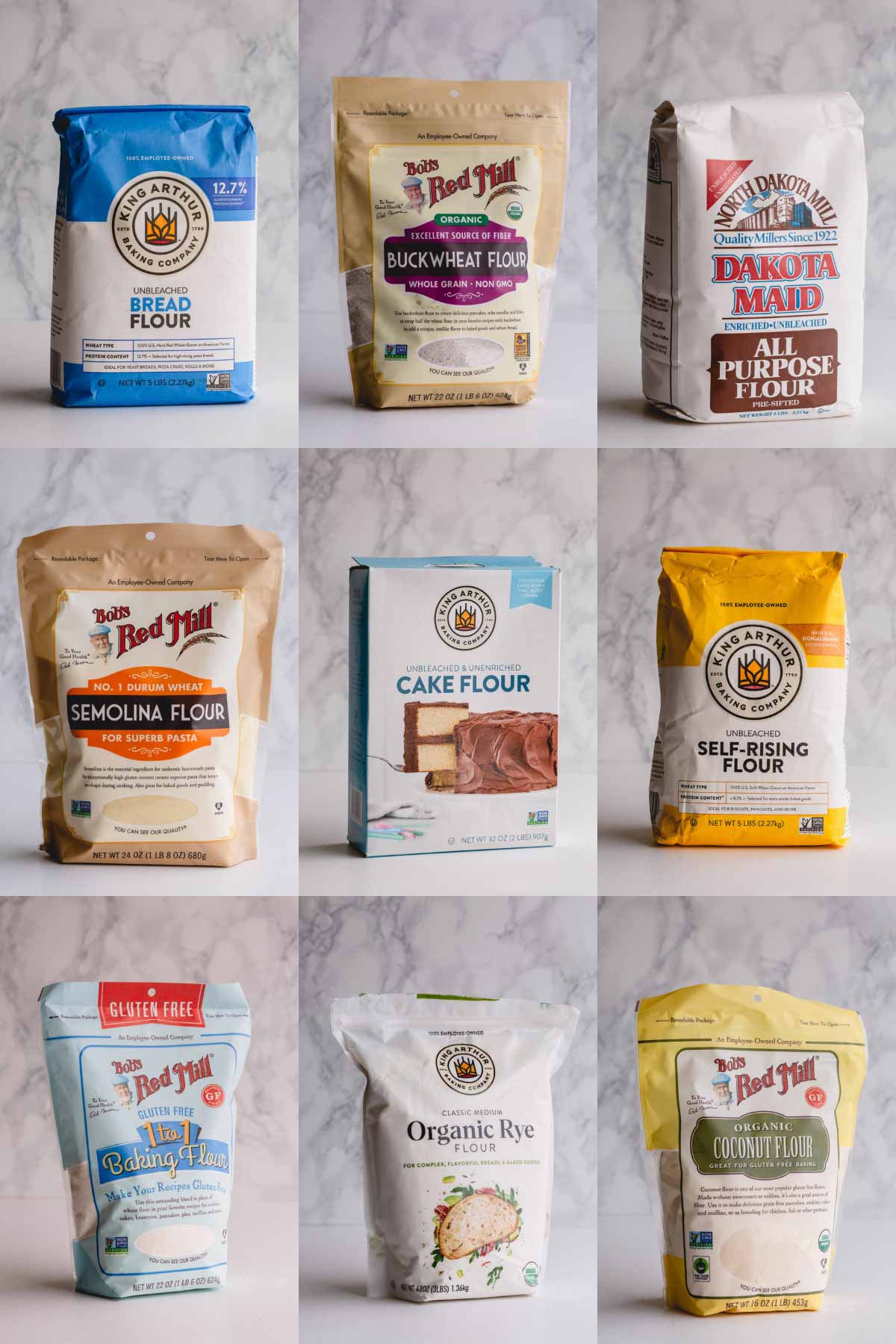
Table of Contents
What is flour?
Flour is created by grinding a cereal grain until it forms a fine or coarse powder. It can be made from wheat, oats, rye, millet, corn, and rice with wheat being the most common.
Nowadays, flour is also created from nuts and pseudo-grains such as almonds, buckwheat, and quinoa.
Why is flour important?
Each flour is unique in how it responds to a recipe. Wheat-based flours vary in quality and protein content.
The higher the protein, the more gluten is formed during the baking process.
It’s important to use the right percentage of protein for breads, muffins, and cakes to achieve the right texture.
Tip
The more gluten in a recipe, the firmer and chewier it will be!
Alternative flours like almond flour and coconut flour are great for grain-free and gluten-free recipes, but they respond to moisture differently.
It’s important to choose the right fit for your recipe!
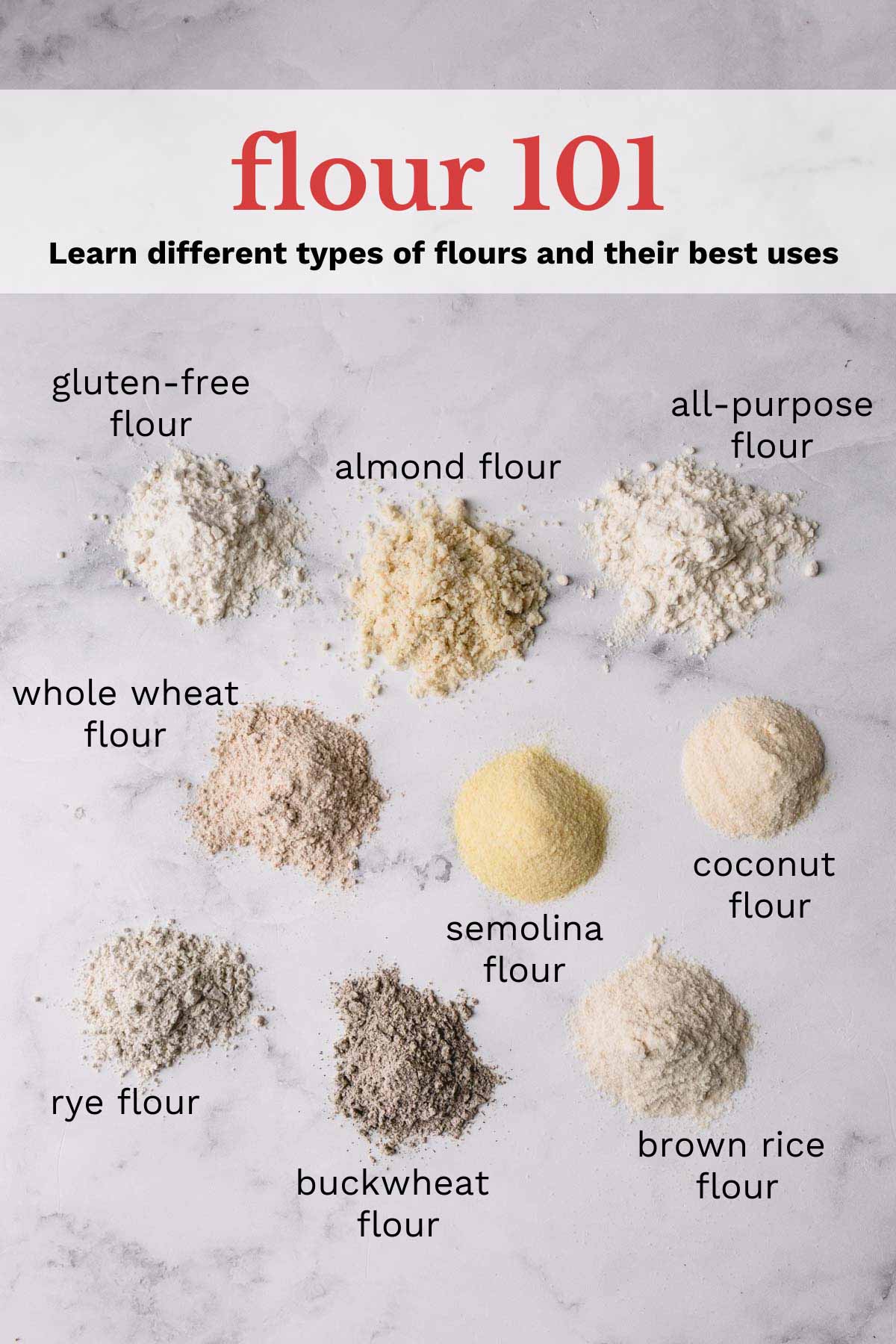
Types of Flours
Here is a list of twelve types of commonly used flour varieties and what to use them in.
All-Purpose Flour:
All-purpose flour has 10 to 12 percent protein and is the most commonly used wheat-based flour. Since it has a medium amount of protein, it lends itself well to crusty breads but lighter cakes and muffins too.
It was created to fit most recipes, which is why it’s referred to as “all-purpose”. It’s a safe bet if you’re unsure which flour to use.
Protein content: 10-12%
Best in: Classic linzer cookies, blueberry cheesecake muffins, apple coffee cake, soft breads, meat hand pies
Bread Flour:
Bread flour has a high amount of protein – around 12 to 16 percent. High protein equates to more gluten and a better chew.
This makes it great for goods that need a firm structure like yeast-risen breads. The higher amount of protein will give you a better rise in everything from bagels to sandwich bread.
Protein content: 12-16%
Best in: Bagels, sandwich bread, homemade pretzels, and pizza dough
Whole-Wheat Flour:
Whole-wheat flour is minimally processed and is created by grinding the entire wheat berry. This nutrient-packed flour creates denser products than white flour with a nutty and rich flavor.
Unless a recipe calls for it, only substitute 25 percent of the flour so the end product isn’t too dry or dense.
Protein content: 11-15%
Best in: Rolls, crackers, muffins, and sandwich bread
Self-Rising Flour:
Self-rising flour is a combination of plain flour, baking powder, and salt. Only use this flour in recipes that call for it.
If you use it in a recipe that calls for all-purpose flour, you may end up with an aluminum taste from too much leavening.
Protein content: 8-9%
Best in: Biscuits, pancakes, and quick-breads
Cake Flour:
Cake flour is a low-protein flour with around 7 to 9 percent of protein. Due to its low protein, it produces light and airy products which is why it’s referred to as “cake” flour.
The low amount of protein means less gluten is produced for a softer texture. Use it in delicate cakes and pastries for the best results.
Protein content: 7-9%
Best in: Angel food cake, Chantilly cake, cupcakes
Gluten-Free Flour:
Gluten-free flour is a blend of flours, starches, and xanthan gum that’s intended to mimic a wheat-based all-purpose flour.
The starch gives structure to the baked goods while the xanthan gum binds for a less crumbly texture.
If you’re looking to substitute gluten-free flour in place of regular flour, be sure to use a 1:1 all-purpose variety.
Protein content: varies from brand to brand
Best in: Gluten-free quick breads, cookies, cakes, and muffins
Rye Flour:
Rye flour is milled from rye kernels and is most famously known for pumpernickel bread. It has a strong and distinct nutty flavor and can vary in color from light to dark.
White rye flour has a lighter flavor while dark rye flour has a strong taste to it.
Protein content: 8-13%
Best in: Sourdough bread, crackers, pumpernickel bread, and crispbreads
Semolina Flour:
Semolina is made from a specific type of wheat called durum wheat.
It has a coarse texture and golden color. It’s earthy taste and high-protein content work great in pasta.
Semolina allows the pasta to hold its shape and not get mushy. It’s most commonly used in pasta and bread recipes, but can also be found in cakes and cookies.
Protein content: 13%
Best in: Pasta, bread, and gnocchi
Buckwheat Flour:
Buckwheat, despite its name, is a gluten-free pseudo-grain that’s milled into flour.
It has an intense and earthy flavor that’s best when mixed with other flours.
It’s commonly used in gluten-free recipes since it doesn’t contain wheat.
Protein content: about 5%
Best in: Pancakes, muffins, and bread recipes
Rice Flour:
Rice flour is a gluten-free flour that’s made from different varieties of ground rice. You can find it in both white and brown with both types reacting similarly in recipes.
It’s a common substitute for wheat flour in gluten-free recipes. It’s usually combined with other types of flour for the best texture.
Best in: Muffins, cookies, and pancakes
Almond Flour:
Almond flour is made from blanched (peeled) almonds. They are ground into a fine powder and used in paleo, gluten-free, and grain-free baked goods.
Since almonds are high in healthy fats, the flour doesn’t absorb moisture as readily as other grain-based flours. It’s also one of the main ingredients for French macarons.
Best in: Lemon macarons, red velvet macarons, almond cookies, Almond Yogurt Cake, gluten-free pastries
Coconut Flour:
Coconut flour is made from dried and ground coconut meat. It has a strong coconutty flavor and is commonly used in paleo and grain-free recipes.
It absorbs more liquid than wheat-based flours and doesn’t usually taste great on it’s own. It’s best paired with another grain-free flour or starch for optimal results.
Best in: Grain-free cookies and muffins
Conclusion:
The type of flour you use is a crucial component of any recipe. It’s best to know how each of them behaves before using them in your recipes.
Flour FAQs
For the most precise results, it’s best to weigh flour on a kitchen scale. This isn’t necessary for all recipes, but for certain recipes like French macarons, it’s essential. Either way, it leaves no wiggle room for error!
If you’re new to baking or cooking, it’s best to follow the recipe as-is for great results. However, if you want to experiment it’s best to start with only a 25 percent substitution to see how it changes the recipe.
There are more than 30 varieties of flour on the market today and that number continues to grow!

